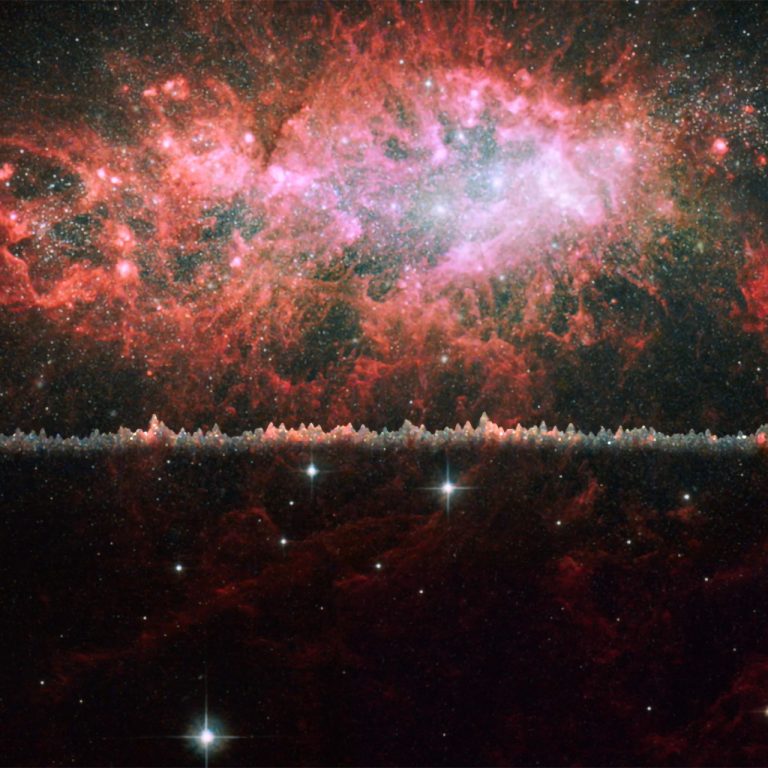Astronomers have recently visualised the fascinating starburst galaxy NGC 1569, located some 10.96 million light-years away in the constellation Camelopardalis. NGC 1569 is known for its extraordinary activity, producing stars at a rate 100 times faster than our own Milky Way.
To convey the data from the Hubble Space Telescope, scientists used a unique sonification method that translates visual information into sound. The process involved scanning from bottom to top, with brighter areas resulting in higher and louder tones. Each colour channel in the processed image was assigned a specific pitch range: red for lower frequencies, green for mid-range and blue for higher pitches.
The core of NGC 1569 is a remarkable 5,000 light-years across and contains three massive star clusters, each containing over a million stars. This compelling sonic representation offers a new way to experience and understand the dynamics of this incredible galaxy.

